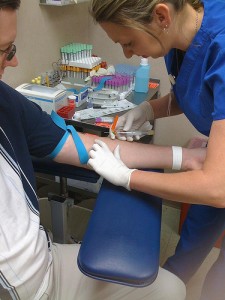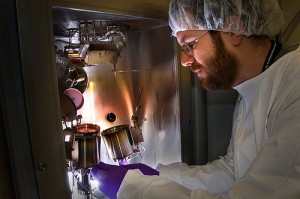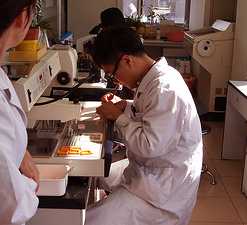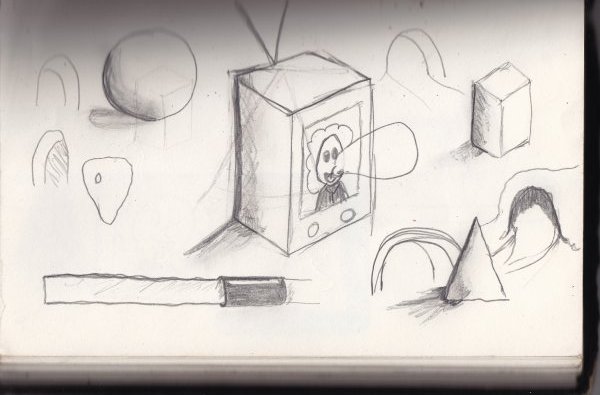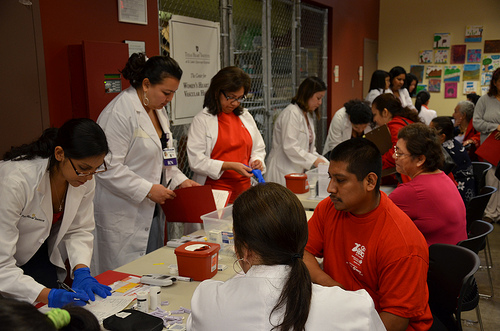
Baby boomer generation should go for hepatitis screening
In an eight year span eight the mortality rate associated with hepatitis C in the US has doubled. From 1999 to 2007, an alarming number of people have succumbed to the dangers of hepatitis C-related deaths.
What does this statistic mean to you?
According to the Center for Disease Control (CDC), hepatitis C is “an unrecognized health crisis” in the US. This crisis must be met with more aggressive actions. This year the United States observed its first National Hepatitis Testing Day- May 19, 2012. On that day the CDC targeted baby boomers in paqrticular. The CDC urged everyone born from 1945 to 1965 to go for a hepatitis C screening.
The Nevada hepatitis outbreak of 2008, considered one of the largest epidemics in the US, has recently been examined by the Centers For Disease Control and Prevention. As the CDC surveyed the 2008 Nevada hepatitis outbreak, it was learned that many of those infected were baby boomers. The generation of baby boomers with hepatitis C who are today aged 47 to 67 years old, are believed to have been infected with the disease in their teens or 20s, right before the discovery of hepatitis C in 1989.
In the United States, over 3.2 million people are infected with the virus. Of them, 2 million are baby boomers. One problem is that the majority of this population is not aware that they belong to this group called “baby boomers”, so they do not respond to the call to action from the CDC. Another more important issue is that they are unaware they had been infected with the hepatitis virus. The mortal danger is that people can live with hepatitis C for decades, without any knowledge that they are carrying a virus that is slowly destroying their liver. Hepatitis C gradually damages the liver, leading to cirrhosis or liver cancer.
CDC estimates there to be 800,000 more baby boomers who should be screened. Hey Baby Boomers– Screen. Vaccinate. Don’t Hesitate!













